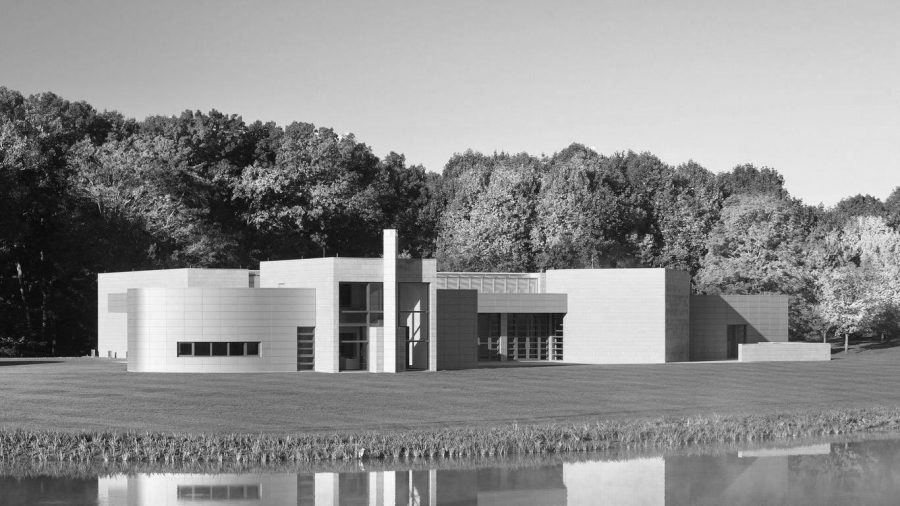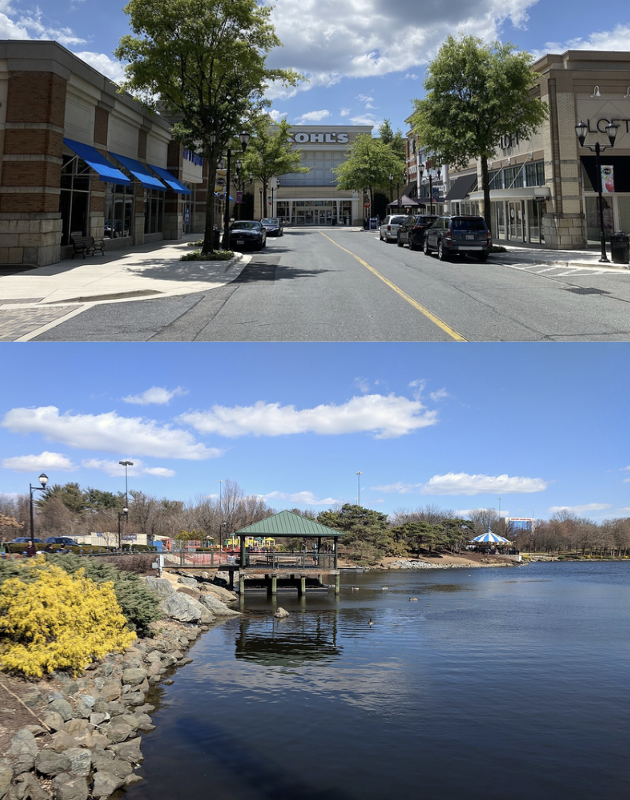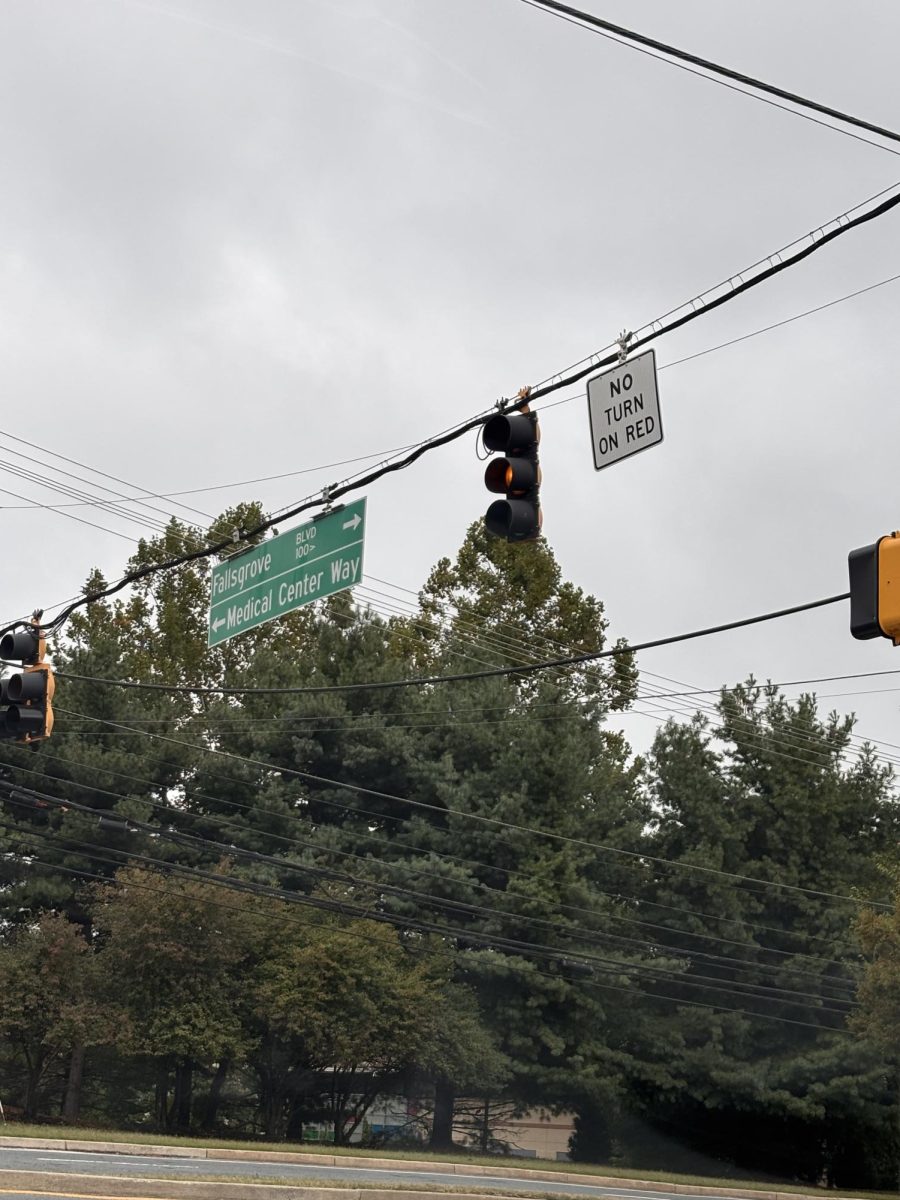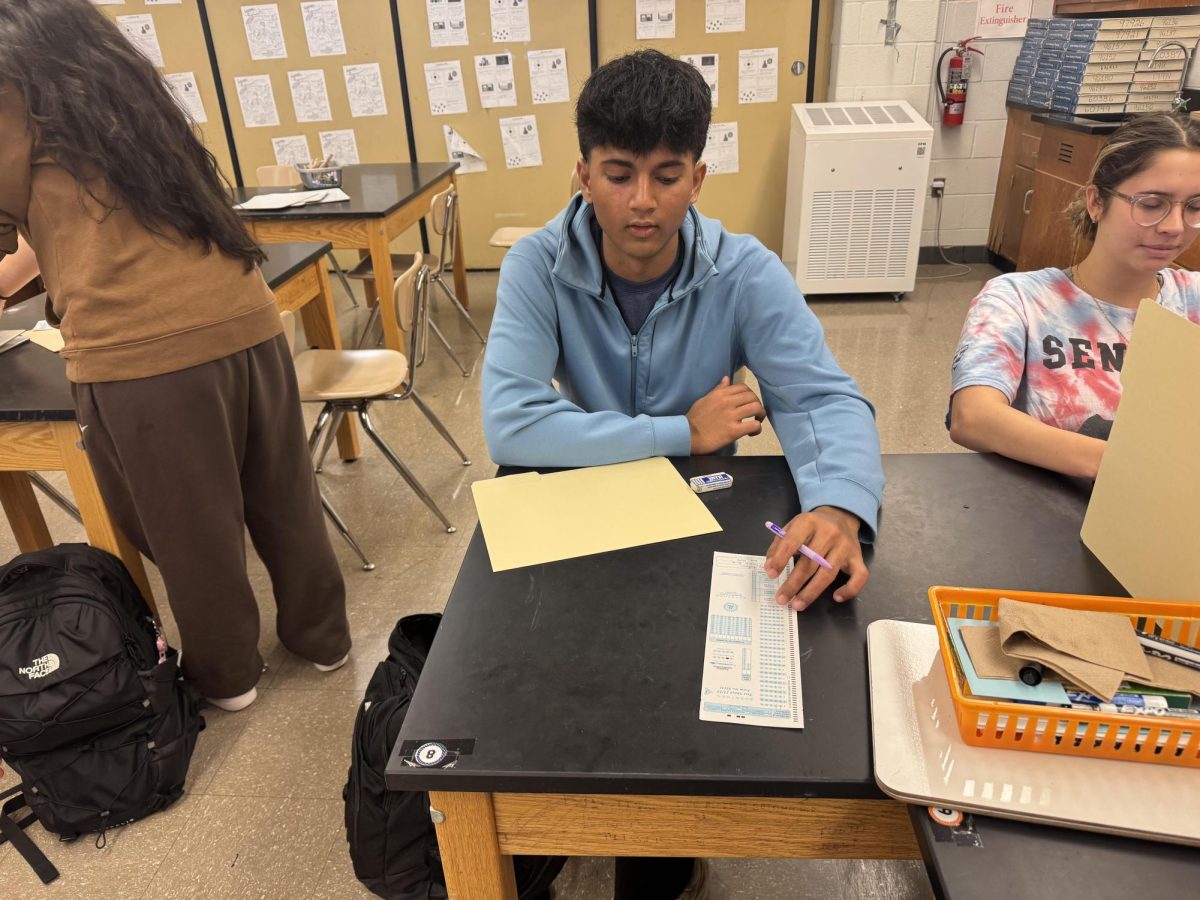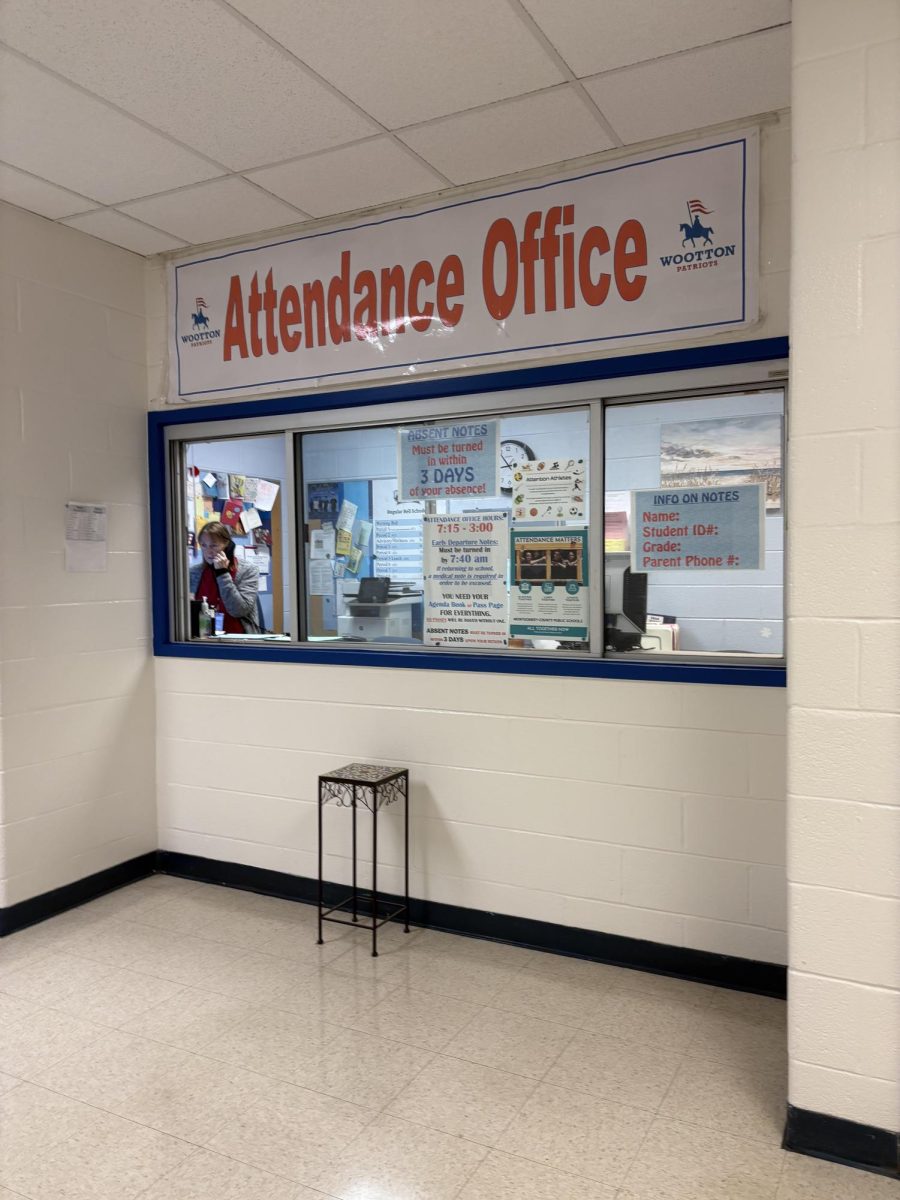Riley Jordan
graphics editor
Glenstone Museum reopened on Oct. 4 after a five-year renovation that has fully realized the owners’ vision of combining post World War II art and architecture into a free experience for the public.
Glenstone was first opened in 2006 by owners Emily Wei Rales and Mitchell P. Rales only 20 minutes from the school. Sitting on 200 acres of forests and meadows of Potomac, the art collection is interspersed between outdoor sculptures, indoor exhibits, and long paths through Glenstone’s scenery. The first museum, designed by Gwathmey Siegel & Associates, is a 22,000-square-foot limestone building overlooking a three-acre pond. “We envision Glenstone not only as a place, but a state of mind created by the energy of architecture, the power of art, and the restorative qualities of nature.” Glenstone said in their mission statement. “At the core of the museum is a collection of post-World War II art, a very personal project driven by the pursuit of iconic works that have changed the way we think about the art of our time.”
Available to view for the first time on Oct. 4 will be a new 204,000-square-foot space called the Pavilions. This new addition, designed by Thomas Phifer and Partners, includes a small pond surrounded by connecting concrete structures a top a hill. “We hope that you will slow down, that your pulse will also slow down, you’ll start to become aware of your breath and the changing light levels in a gallery,” Wei Rales said to the press at a recent interview.
The landscape of Glenstone is not only part of the experience, but it is art itself. The land of Glenstone was heavily modified by PWP Landscape Architecture. The long pathways between buildings serve as showcases for detailed landscaping work. “We considered the landscape as the inspiration,” Glenstone architect Thomas Phifer said. “The visitor’s arrival is choreographed through the trees and open fields, heightening your experience with the land and revealing the subtle qualities of the site. From your first moments at Glenstone you experience a place with few distractions, the bustle of ordinary daily activities drops away, and your mind and soul prepare for an intimate encounter with art.”
Events at Glenstone have seen famous artists and architects in attendance. “My trumpet quintet played there and there and some of the people that designed everything were there,” sophomore Adam Solomon said. “It was really amazing. All of the workers there wear grey smocks and they were really nice. There was a room where you could just read books and look at this pond. It was a great experience.”
Only 20 minutes from the school, Glenstone remains out of the spotlight despite Architectural Digest naming it “one of America’s most important” museums. Before the five-year renovation, Glenstone averaged only 125 visitors every day, despite free admission. Because of the expansion, however, Glenstone is estimating that their annual attendance could reach 100,000. “I’ve never heard of Glenstone before this,” junior Scotty Collinson said. “If it’s free it would be a good field trip. It doesn’t seem like somewhere I would go by myself but if the school planned it I’d go.”


